Discover the History of
Batu Pahat
A rich blend of legends, culture, and colonial past
Historical Highlights
Exploring Batu Pahat’s Historical Footprints
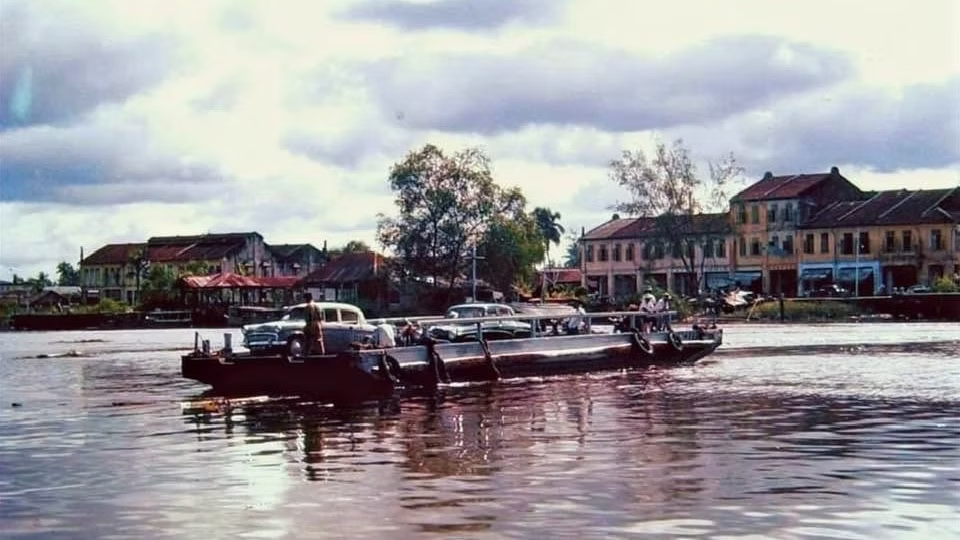
The Name Origin
In ancient times, Batu Pahat was known as Pulau Kundur while Sungai Batu Pahat was known as Sungai Kundur. At that time, it consisted of several small settlements that were opened separately by big people/ranking people such as the Penghulu and the Village Head.The name Batu Pahat is traced back to a 15th century legend when Siamese troops attacked a carved rock site in Minyak Beku village to secure a supply of clean water during their retreat. At the time, they were being pursued by Melaka troops led by Tun Perak, the treasurer of the Malay Sultanate of Melaka.
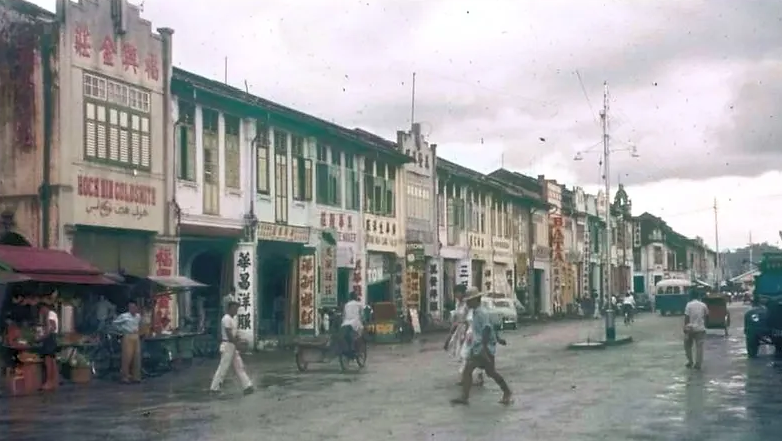
Efforts to open the city
Efforts to open the city of Batu Pahat was carried out in 1888 by Dato' Yahya bin Awaluddin, also known as Dato' Yahya Tinggi, in an area of Bukit Senangin, Kampung Tambak, on the right bank of Sungai Batu Pahat. But his efforts failed due to unsuitable geographical and economic factors. In fact, according to the beliefs of the elders, the area could not be built as a town because it would eventually be invaded by "wind". Finally, the place was abandoned. In the same year, another dignitary, Dato' Yahya Rendah, tried to open a town in the Senangar area but also failed because the elders at the time said "the mouth will be open later".
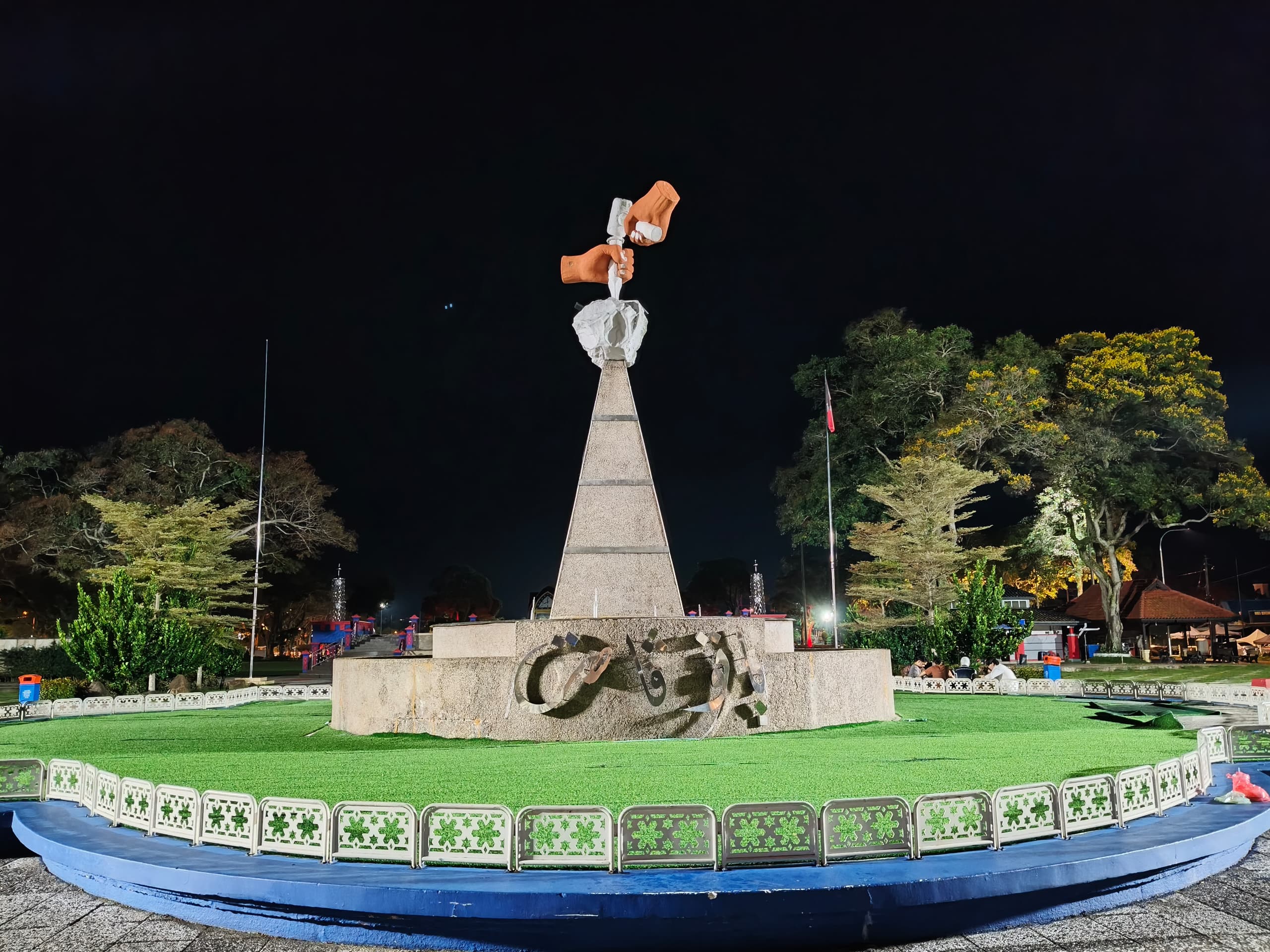
Symbolic Of Batu Pahat
The story of this rock carving became symbolic, representing the city's resilience and connection to the sea. Historically, Batu Pahat served as an important coastal city, especially during the rule of the Malacca Sultanate, contributing to its strategic importance in controlling trade routes along the Straits of Malacca.
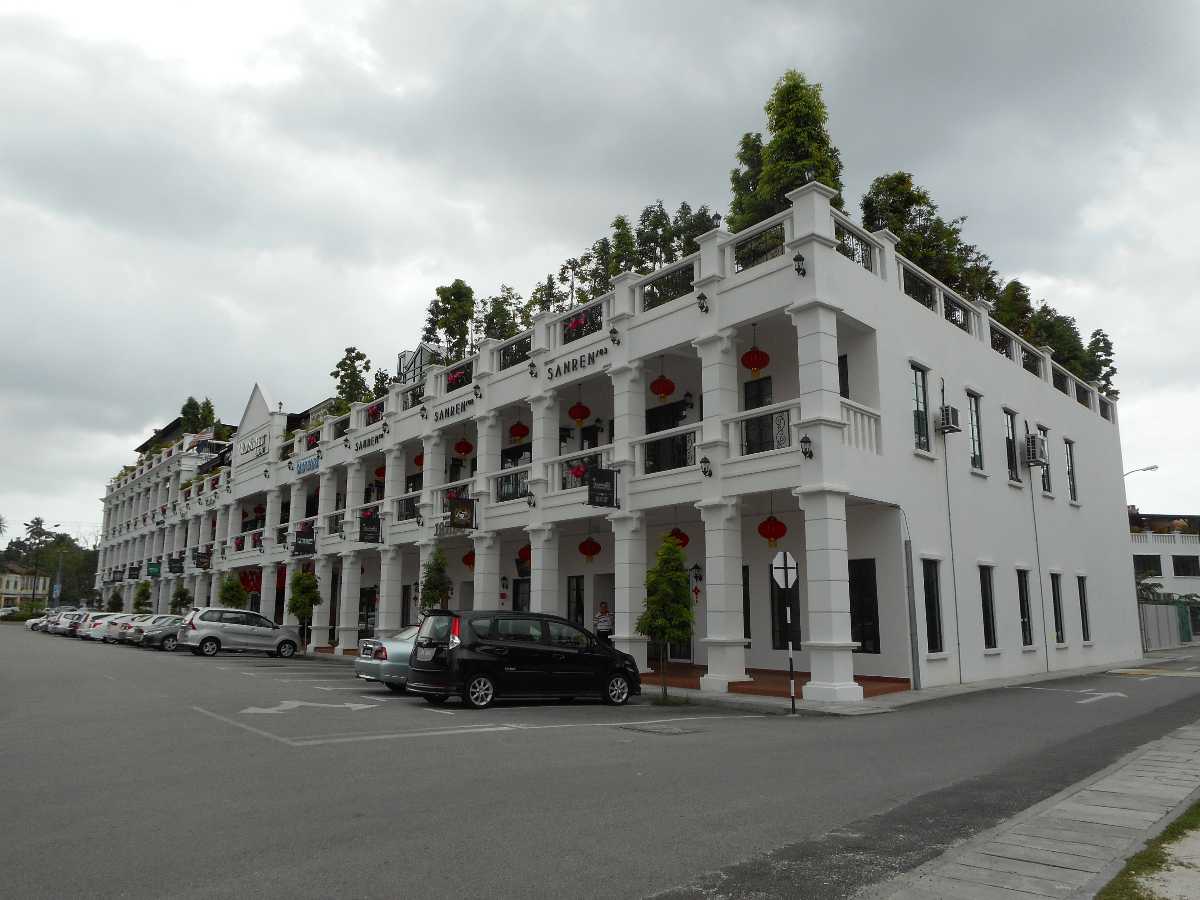
Development Of Batu Pahat
After Malaysia gained independence, Batu Pahat grew rapidly through the development of small and medium industries. It became well known for its textile, garment, and electronics manufacturing, as well as its trade links, which were rooted in historical maritime routes.In 2001, Batu Pahat was officially upgraded to municipal status, reflecting its transformation into a modern urban area. Today, it is the second-largest town in Johor after Johor Bahru and continues to develop while preserving its cultural and historical identity.
Batu Pahat Specialty
Preserving Cultural Roots
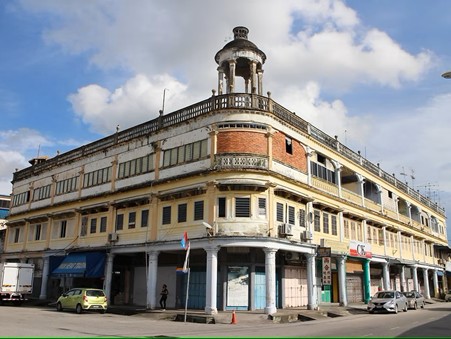
Pre-war Buildings
Colonial-era buildings still line the streets of downtown Batu Pahat.
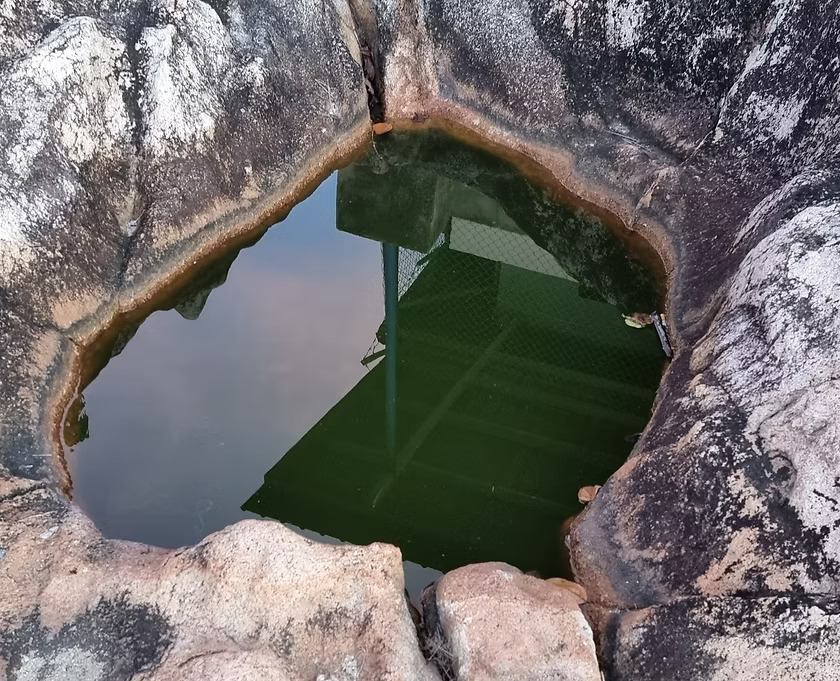
Heritage Site
These treasured sites mirror the multicultural soul of Batu Pahat.
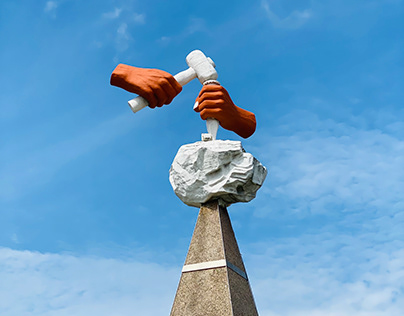
Heritage Monument
These historic monuments preserve the identity of a town shaped by time
